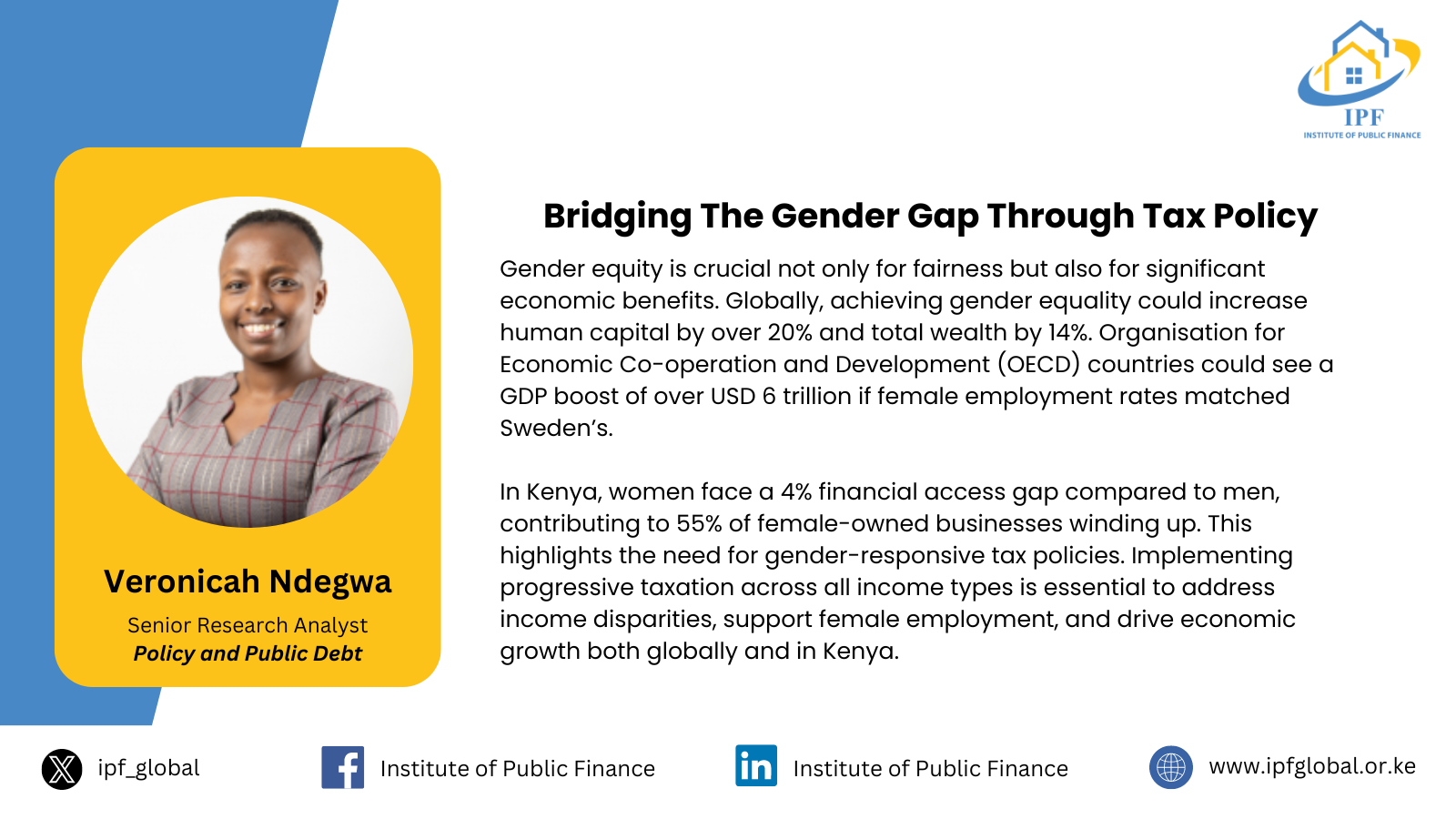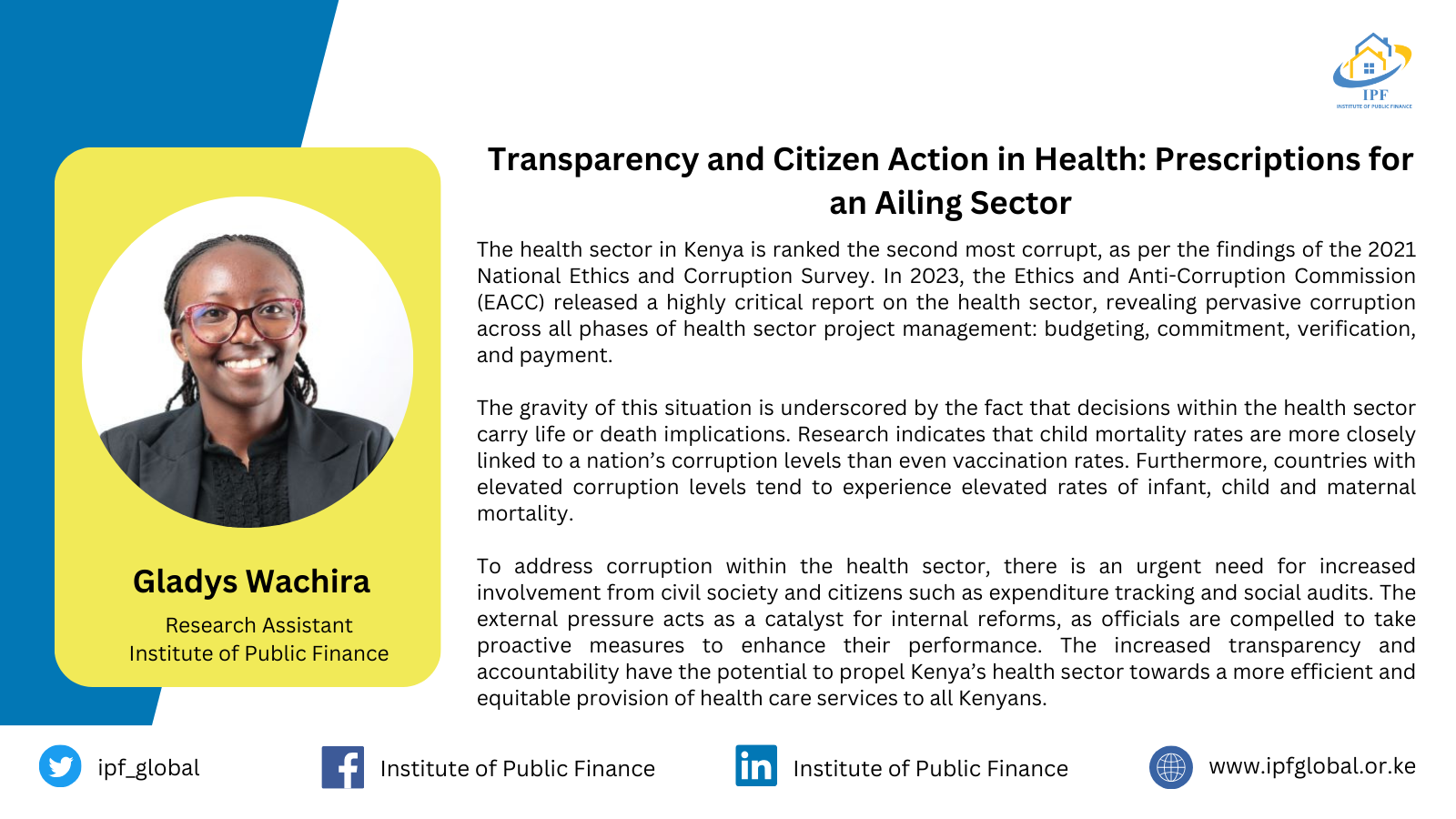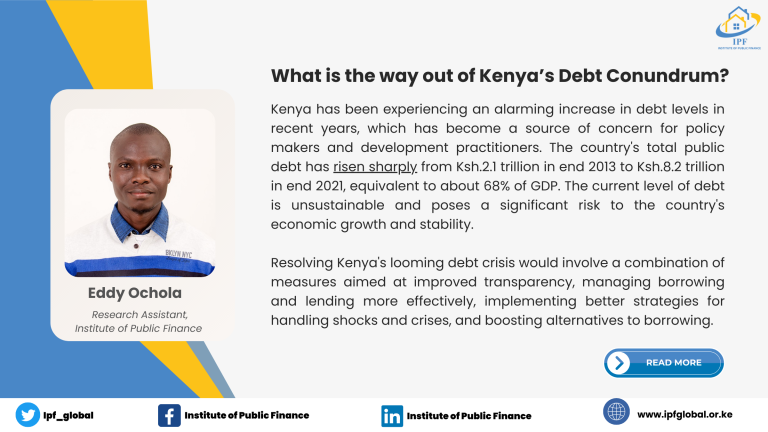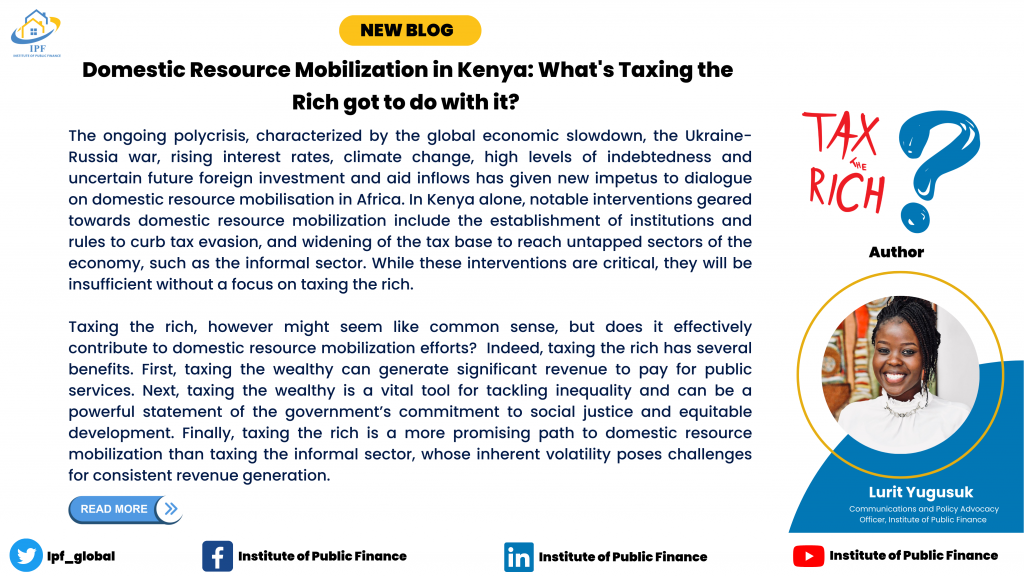Gender equity is not only about fairness; research has shown that it can generate significant economic benefits too.[1] The World Bank estimates that achieving gender equality could increase global human capital by over 20 percent and global total wealth by 14 percent.[2] The International Monetary Fund (IMF) reports that Organisation for Economic Co-operation and Development (OECD) countries would boost their GDP by over USD 6 trillion if their female employment rates were to increase to Sweden’s level.[3] With such significant gains on the table, it is not surprising that governments have implemented various policies such as increased funding to the education sector to increase female school enrolment and investment in economic empowerment programmes for women to bridge the gender gap. While such interventions have yielded positive results, recent research shows that the relatively neglected area of Tax Policy can also play a role in bridging the gender gap.[4]
Taxation of labour income has the most significant impact on gender equality compared to other forms of taxation such as consumption taxes. A progressive tax system can enhance gender equality in two ways: firstly, it addresses general inequality by ensuring that those with higher ability to pay, pay more taxes. With women earning 34 percent less than men on average[5],
progressive taxes ensure that those who earn more pay more, partially offsetting these inequalities. Progressive taxes also support female employment. Since women are overrepresented in lower paying jobs, their marginal tax rate is lower, which increases their incentive to work. Therefore, enhancing the progressivity of a tax system can support labour force participation and encourage women to re-enter job markets after events such as motherhood.[6]
Secondly, dependent tax credits and deductions are a progressive step towards enhancing gender equity, especially if designed to specifically target women who are employed and head single-parent households. Women often take on more unpaid care work, perpetuating income inequality by limiting their time for paid work, education, and other economic activities, while also affecting the type and quality of employment they can pursue. In Kenya, for example, employed women on average spend 4 hours per day on unpaid work compared to one hour that men spend.[7] To alleviate the burden of unpaid care work, some governments have implemented tax deductions related to dependent care pegged on number of dependents such as children and disabled family members. OECD member countries, for example, have included credits or allowances in their personal income tax regimes to improve gender impacts of their tax systems.[8] Such deductions alleviate some of the financial burden of caregiving that is mostly borne by women.
Access to financial resources is another area where women face challenges, particularly in entrepreneurship. Women have lower access to credit, assets for collateral, and financial literacy and face higher interest rates compared to men.[9] The 2022 Kenya FinAccess Household Survey revealed that there is a 4 percent gap in financial access between men and women.[10] This is one of the reasons why 55 percent of business that are wound up are female-owned.[11] Women therefore lag behind their male counterparts in growing their income, leading to unequal distribution of capital income. Differentiated taxation of labour and capital income therefore exacerbates inequality. In Kenya for example, capital gains tax rate is 15 percent while labour income is subject to progressive tax rates with the highest tax band at 35 percent. Whereas there is no consensus on the optimal balance between taxing labor and capital income, progressive taxation across all income types is crucial for a fair tax system.
To sum up, Gender-responsive tax systems, such as these discussed above, can significantly contribute to narrowing the gender gap. However, while crucial, they are insufficient on their own. The effectiveness of these measures relies on advocacy efforts and policymakers’ awareness. Complementary strategies such as advocating for equal pay, bolstering women’s entrepreneurship, and enhancing their representation in decision-making positions are also vital. Furthermore, obtaining gender-disaggregated tax data is essential for monitoring progress and assessing policy impacts.
[1] Baer, K et al. (2023). Gender and Revenue Administration: Principles and Practices. Link.
[2] The World Bank (2022). Unrealized Potential: The High Cost of Gender Inequality in Earnings. Link.
[3] International Monetary Fund (2018). Pursuing Women’s Economic Empowerment. Link.
[4] Organization for Economic Co-operation and Development (OECD) (2022). Tax and Gender Equality: A Stock take of Country Approaches. Link.
[5]World Economic Forum. Global Gender Gap Report. Link
[6] Gendered Taxes: The interaction of Tax policy with Gender Equality. Link.
[7] Kenya National Bureau of Statistics (KNBS) (2021). Kenya Time-Use Survey. Link.
[8] OECD (2022). Link.
[9] OECD (2024). Addressing gender disparities in access to finance for business creation. Link.
[10] FSD Kenya. Putting women at the centre of inclusive finance. Link.
[11] Kenya National Bureau of Statistics, “Micro, Small and Medium Enterprises Basic Report. Link.















